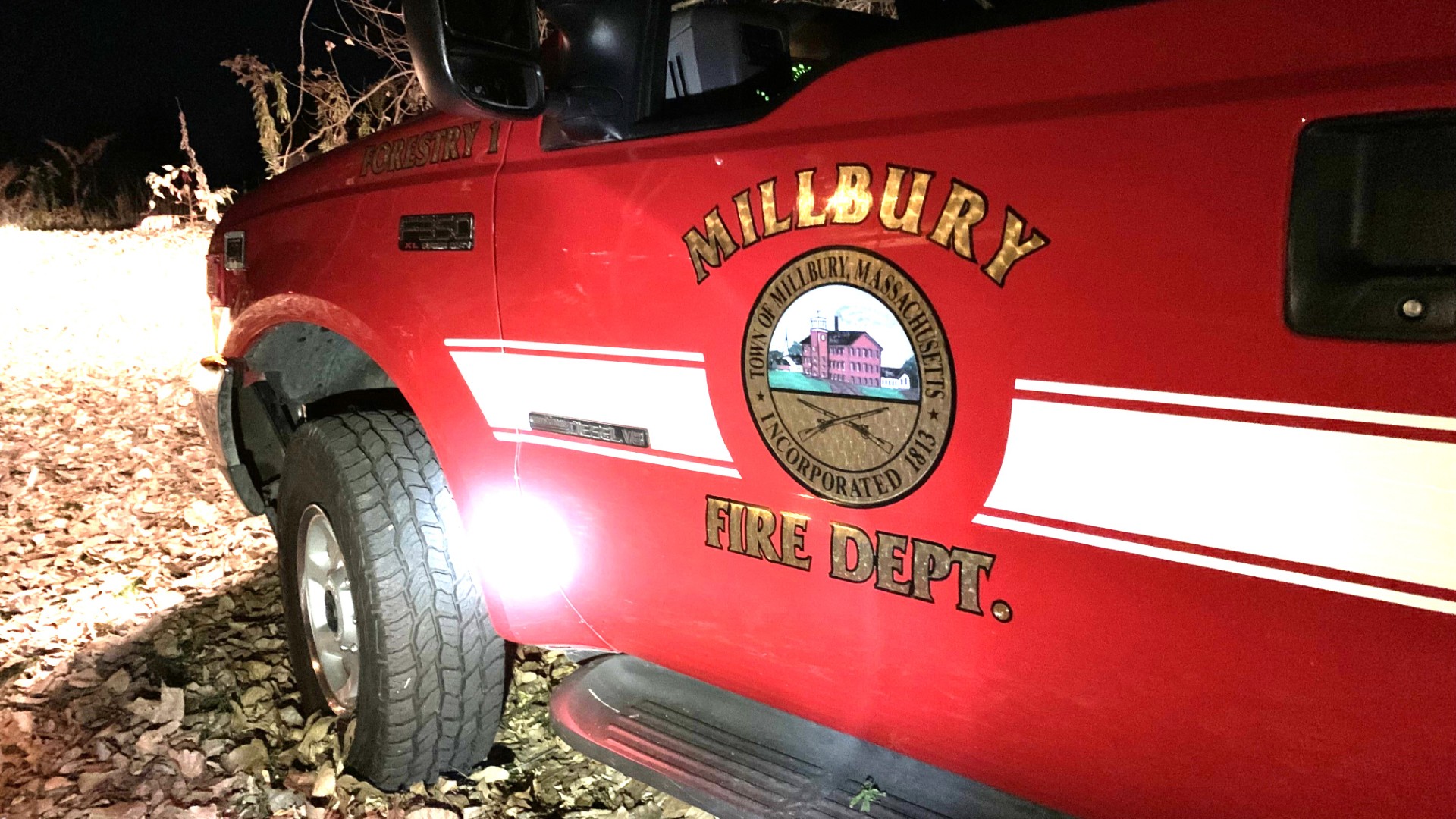Wildfires continue to flare up across New England as growing drought combines with winds and dry air to create ideal conditions for fires to spark and grow. The problem isn’t solely with the lack of rain, but with the season, as well.
We essentially have two fires seasons in New England. One in the spring before leaf out – when the higher sun angle and low humidity can dry out the topmost layer of brush and leaves (even in a relatively wet spell), and the autumn when leaf drop and dry spells can create another potential tinderbox in the woods, highway medians, open fields, and dried marshlands.
WATCH ANYTIME FOR FREE
Stream NBC10 Boston news for free, 24/7, wherever you are. |


Get updates on what's happening in Boston to your inbox. Sign up for our News Headlines newsletter.
Dry soil can aggravate the situation, too.
In Salem, there is a risk of a protracted, smoldering fire. “Hot spots” can burrow underground and invade the root systems of trees and what is known as the “duff” layer of the forest floor. It’s here that the fire can fester and literally hibernate for weeks if not longer until a steady, persistent rainfall.
Air quality in this weather pattern will suffer in the immediate vicinity of any fires, as well.
A chilly, clear night under high pressure will set up an inversion over the region, trapping the smoke layer near ground level.
If you’re in any of the towns and cities around Salem, you’ll likely see and smell this through Monday morning. Developing breezes should mix the air and disperse the smoke by late morning or afternoon.




